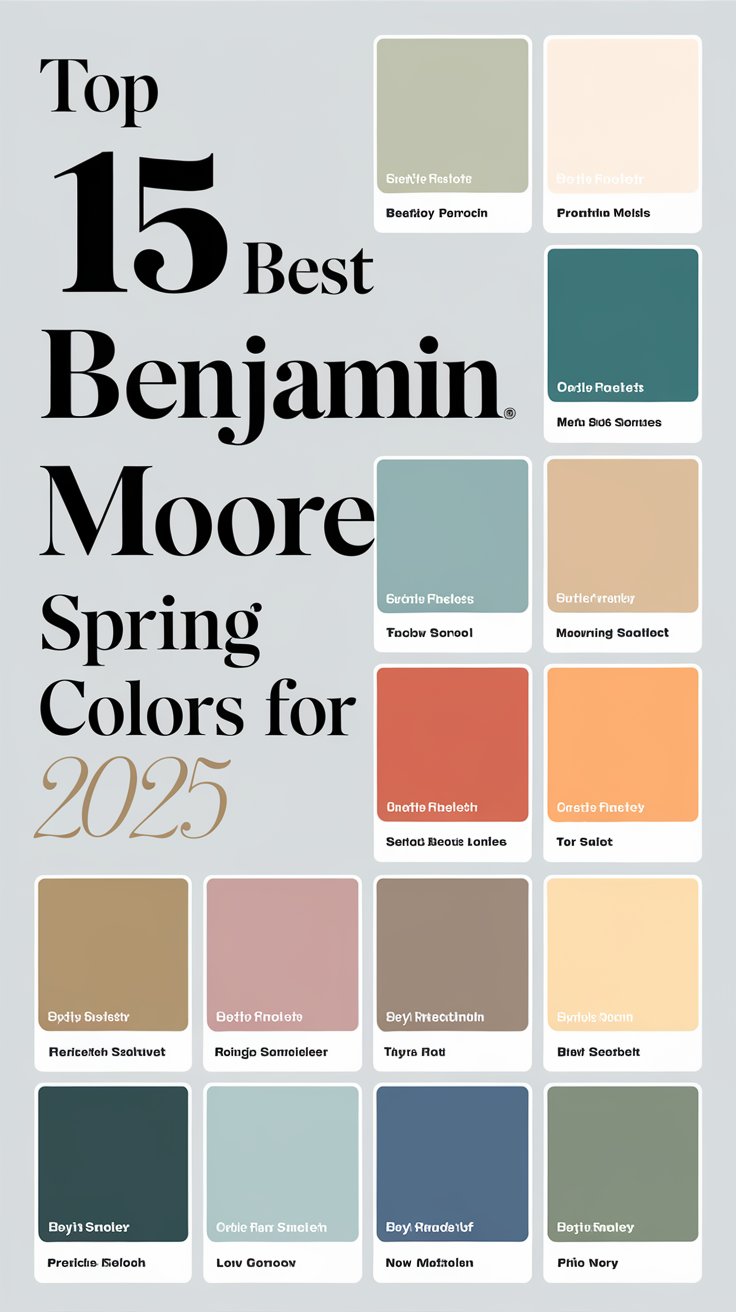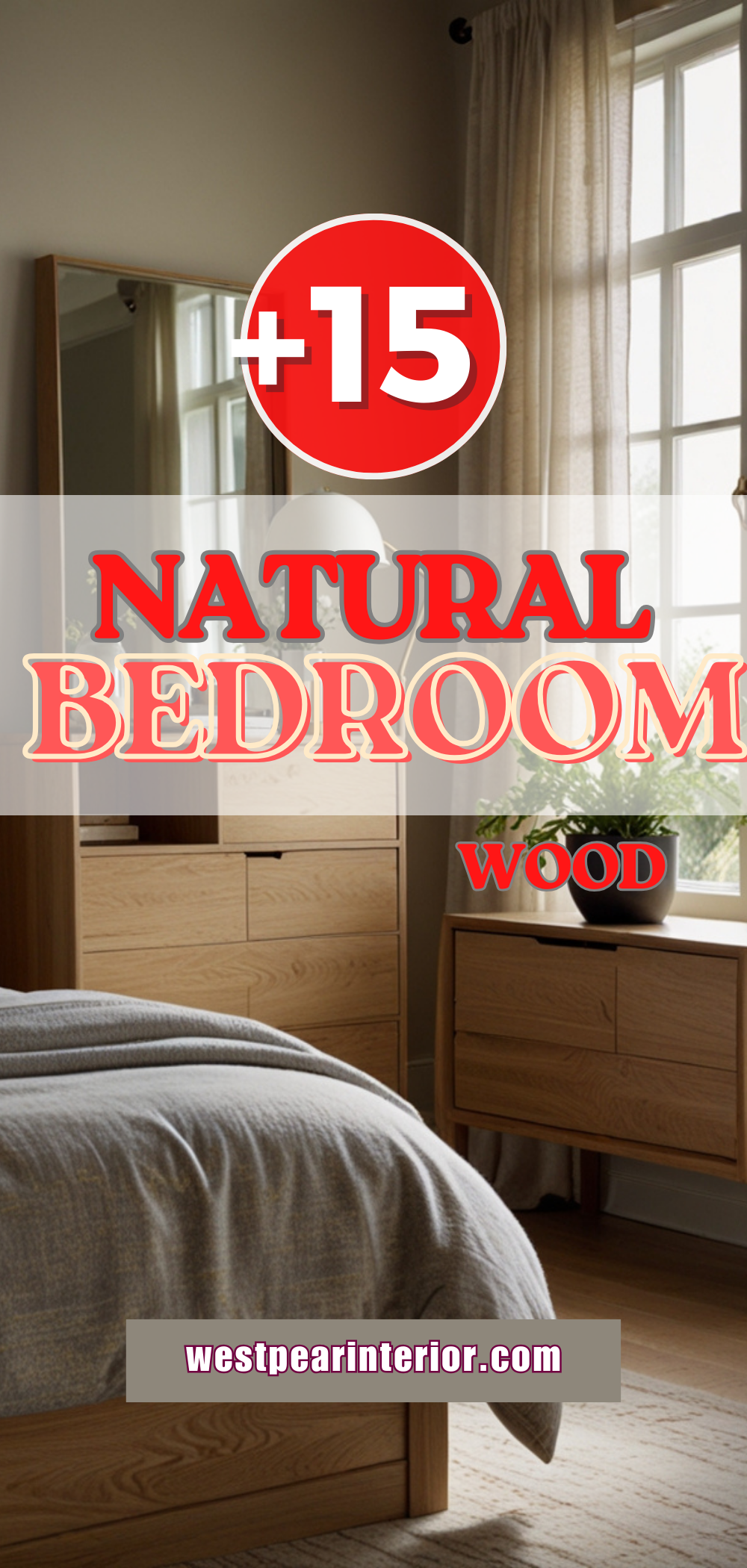Discover the most inspiring ways to elevate your bedroom decor with enticing textures. Unleash your creativity and transform your space.
What’s your favorite way to add texture to your bedroom decor?
Layering different textiles is my favorite way to add texture to a bedroom. I always start with a plush rug to anchor the space and then add throw pillows and a cozy throw blanket in complementing textures like velvet, faux fur, or knit. Incorporating curtains in a contrasting fabric material can also enhance the visual and tactile elements of the room. To bring everything together, I ensure the color palette is consistent for a cohesive look. Mixing and matching textures while maintaining a harmonious color scheme can instantly elevate the ambiance of the room.
Adding texture to your bedroom decor is a great way to create visual interest and evoke a cozy, inviting atmosphere. Here are some valuable insights to help you enhance your bedroom design with texture:
How can I add texture to my bedroom decor without making it feel cluttered?
My Lovely Spring Paint for 2025
Ready for a Spring Makeover? Explore the Freshest 2025 Paint Trends!
White Sage/Green SW Pistachio green Soft blue Honeysweet/Orange Pink Sugar Sage Tint BMAs an Amazon Associate, I may earn a commission from qualifying purchases at no extra cost to you.
To add texture to your bedroom without overwhelming the space, focus on incorporating a variety of textures in moderation. Opt for textiles like throw blankets, cushions, and area rugs that feature different textures such as plush, woven, or knitted materials. Additionally, you can introduce textured wall art, decorative objects, or furniture pieces with interesting finishes like wood grain or metal accents. By mixing textures strategically and keeping the color palette cohesive, you can achieve a layered look without cluttering the space.
What are some budget-friendly ways to incorporate texture into my bedroom design?
If you’re working on a budget, there are several cost-effective ways to add texture to your bedroom decor. Consider using inexpensive textural elements like woven baskets, macramé plant hangers, or DIY wall hangings made from fabric scraps or yarn. Thrift stores and online marketplaces are also great sources for affordable textured items such as vintage throws, embroidered pillow covers, or rattan furniture pieces. By getting creative and exploring thrifted treasures, you can achieve a textured look without breaking the bank.
Can I mix different textures in my bedroom decor, or should I stick to one cohesive style?
Mixing different textures in your bedroom decor can add depth and character to the space, creating a visually appealing design. Combining textures like smooth silk with rough jute, or soft faux fur with sleek metal accents, can bring balance and interest to the room. However, ensure that the textures complement each other and maintain a cohesive color scheme to avoid a disjointed look. Experimenting with texture combinations can help you personalize your bedroom decor and showcase your unique style.
What are some popular textures that work well in bedroom decor?
My fAV Spring DECOR for 2025
Discover Spring’s Best 2025 Decor Combinations – Perfect for Any Room!
Oversized Indoor Plants White Curved Sofas Rugs BOH Brown Cream Moroccan Hype Boho Rug Outdoor Patio Furniture Sets Topfinel Pillow CoversAs an Amazon Associate, I may earn a commission from qualifying purchases at no extra cost to you.
Several textures are commonly used in bedroom decor to enhance the overall aesthetic. Popular textures include:
– Velvet: Luxurious and soft, velvet adds a touch of elegance to the bedroom.
– Linen: Breathable and lightweight, linen creates a relaxed, casual vibe.
– Wicker: Natural and rustic, wicker brings a cozy, organic feel to the space.
– Faux Fur: Plush and cozy, faux fur infuses warmth and comfort into the room.
– Leather: Timeless and durable, leather adds a sophisticated edge to bedroom decor.
Experimenting with these textures can elevate your bedroom design and cater to your personal style preferences.
How can I choose the right textures to complement the colors in my bedroom?
When selecting textures for your bedroom decor, consider how they interact with the existing color scheme to create a harmonious look. For example, if your bedroom features neutral tones like beige, white, or gray, you can introduce textures in similar muted shades to maintain a cohesive palette. Alternatively, if you have a bold color scheme with rich hues like navy blue or emerald green, opt for textures that provide contrast and visual interest, such as metallic accents or patterned textiles. By balancing textures and colors effectively, you can achieve a well-coordinated and aesthetically pleasing bedroom design.
Are there any specific techniques for layering textures in bedroom decor?
Layering textures in your bedroom decor can create dimension and depth, adding visual appeal to the space. To effectively layer textures, start with a base texture like a solid-colored duvet or quilt, then add complementary textures through throw pillows, blankets, and accent pieces. Mix different materials like cotton, faux fur, knit, and silk to create a diverse textural palette. Additionally, vary the scale of textures by combining large-scale elements like a chunky knit throw with smaller-scale textures like embroidered cushions. Experimenting with layering techniques can help you achieve a cozy and inviting bedroom ambiance.
What are some creative ways to add texture to a small bedroom space?
In a small bedroom, incorporating texture strategically can make the space feel more inviting and visually appealing. Consider the following creative ways to add texture without overwhelming the room:
– Wall Textures: Opt for textured wallpaper, wainscoting, or decorative panels to add interest to the walls without taking up floor space.
– Multifunctional Furniture: Choose furniture pieces that offer both storage and textural appeal, such as a woven storage bench or a faux fur ottoman.
– Mirrors: Add texture and dimension with decorative mirrors featuring textured frames or intricate designs.
– Textured Lighting: Select lamps or pendant lights with textured shades or bases to introduce visual interest and warm lighting.
– Textile Layering: Experiment with layering different textiles like rugs, curtains, and bedding to create a cozy and inviting atmosphere.
By incorporating these creative ideas, you can enhance the texture in your small bedroom space while maximizing its visual impact.







